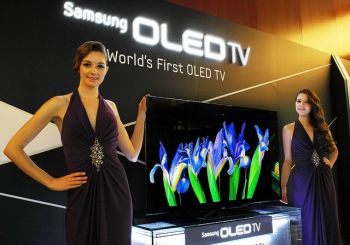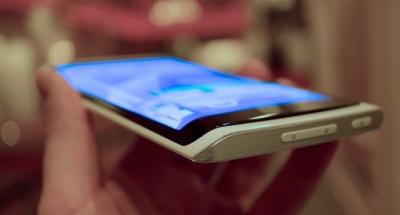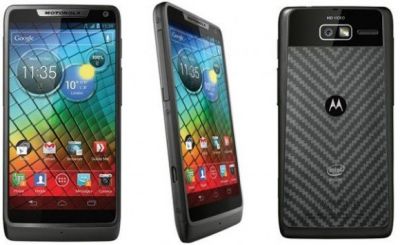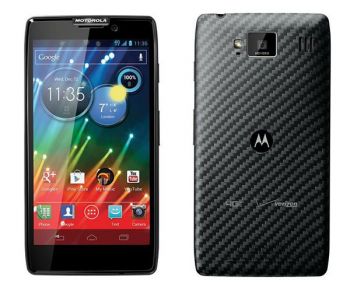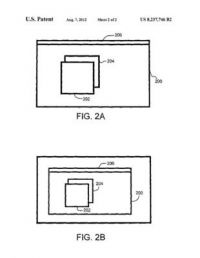Google to use OLED panels in its next-gen Google Glass HMDs?
Update: turns out that I was wrong and Samsung did develop an OLED microdisplay, an XGA one back in 2011
The Korea Times claims that Google's next gen Google Glass HMD (or "wearable computer") will use OLED microdisplays made by Samsung Display. Or at least SDC made a proposal for Google to replace the current LCoS panels by its OLED displays. The current Google Glass prototypes use Himax' LCoS displays.

At SID 2013, SDC's CEO did mention OLED microdisplays on silicon during his keynote speech. He also says that these kinds of displays may be used for augmented-reality devices such as Google Glass. Last month Google's CEO Larry Page visited Samsung's OLED facilities, and apparently Page is "interested in Samsung's OLED business". So now the rumors are that Google are interested in small sized OLED displays.


